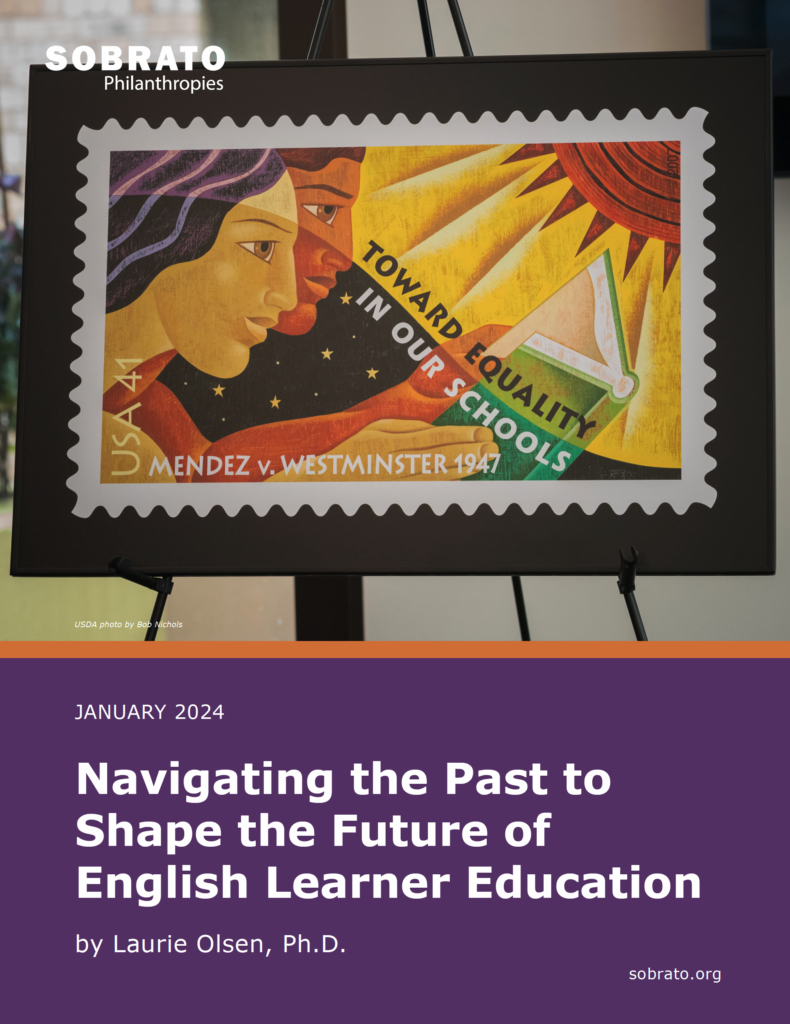
Navigating the Past to Shape the Future of English Learner Education

The education of immigrant and English Learner (EL) students in our nation has been indelibly shaped at the intersection of struggles over race relations, language policy, national identity, and even foreign policy. In these struggles, California has been a major player impacting EL education, and has been a central stage upon which those struggles have played out. Over the course of this history, there have been dramatic swings in EL education between eras of language, racial and cultural exclusion and backlash, and eras that have embraced diversity and resulted in major advancements toward increasing access and inclusion. Through it all, a movement for educational access and language justice for EL was built in California, establishing models of effective bilingual and EL education and winning major policy victories through the use of multiple tactics and strategies, landmark court cases, diverse activism, alliances, and the building of advocacy organizations and coalitions. As a result, there is now a strong knowledge base about effective practice and programs for EL access and success, and new policy models for promoting equitable, culturally, and linguistically sustaining practices.
Understanding this history is important because the scars of what came before are woven deep in the practices, attitudes, and policies of schools today. We must counter these patterns as part of movements to create equitable and inclusive public schools. Looking back at the successes of advocacy in establishing rights of educational access for language minority communities, and in changing policy and practice also serves as a powerful legacy to inspire and inform the efforts of those working towards educational access and equity today.
Read and download Navigating the Past to Shape the Future of English Learner Education >>